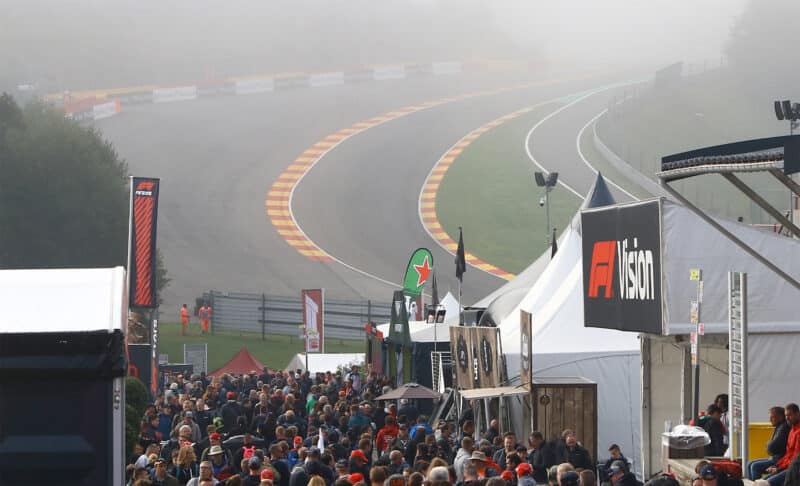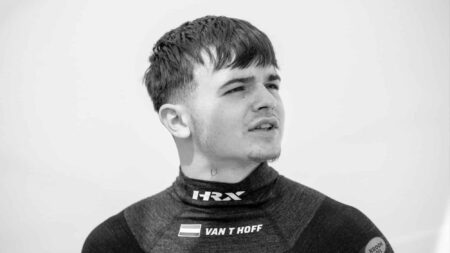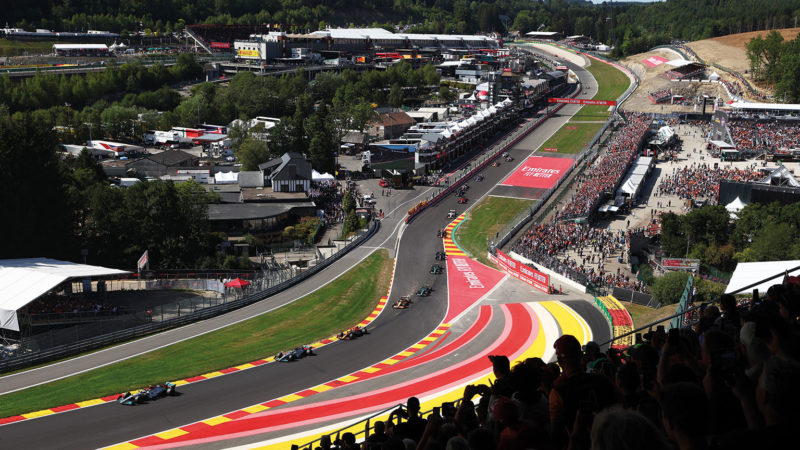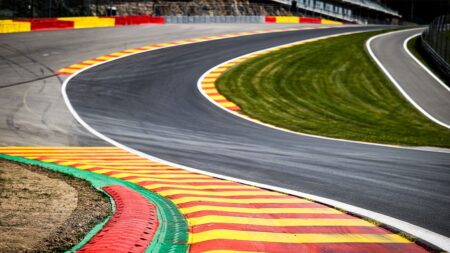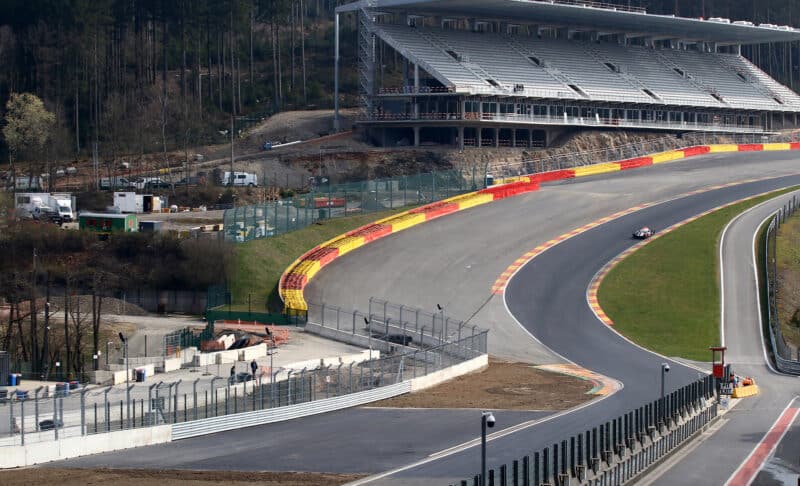And then Belgium’s spot as the first one back would more often than not result in a somewhat rejuvenated paddock, keen to get cars on track and the season back underway after such a pause.
I’m not sure there will be any complaints from Zandvoort after taking up that latter position this year and getting the boost of being the location for the return to racing, but that’s as a result of Spa’s move that will see it round off the first part of the season, where the paddock won’t be so fresh.
Could that play a part in the lens through which I’m looking at the iconic circuit ahead of the race weekend? Perhaps, but it would be remiss to not talk about its future after events earlier this month.
Dilano van ‘t Hoff’s death at the venue in a FRECA race at the start of July thrust the track into the limelight for the wrong reasons once again, four years on from the horrific scenes in Formula 2 that saw Anthoine Hubert lose his life and left Juan Manuel Correa fighting for his.
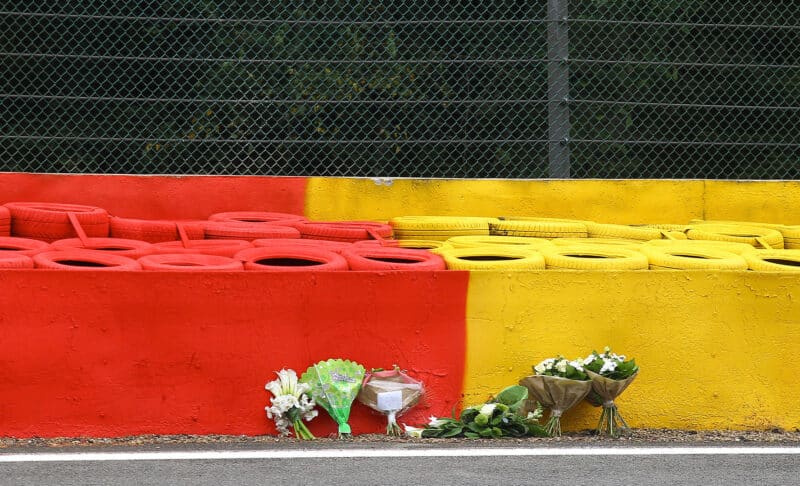
A display of flowers for Anthoine Hubert at the 2019 Belgian Grand Prix
Grand Prix Photos
In the interim there have been multiple serious crashes across a variety of racing categories, with many of those occurring in or just after the Eau Rouge / Raidillon section. There are multiple factors at play that have played a role – visibility, weather conditions, the positioning of other cars – that could also lead to major incidents at other corners on other tracks too, but I’d invite anyone to show me stats of more serious accidents in such a specific area of one circuit over those past four years.
In the case of van ‘t Hoff, spray and a pack restart appeared to be significant factors as his incident occurred much further up the road on the Kemmel Straight than many of the others, but it served as a reminder of some of the emotions stirred up by Spa.
